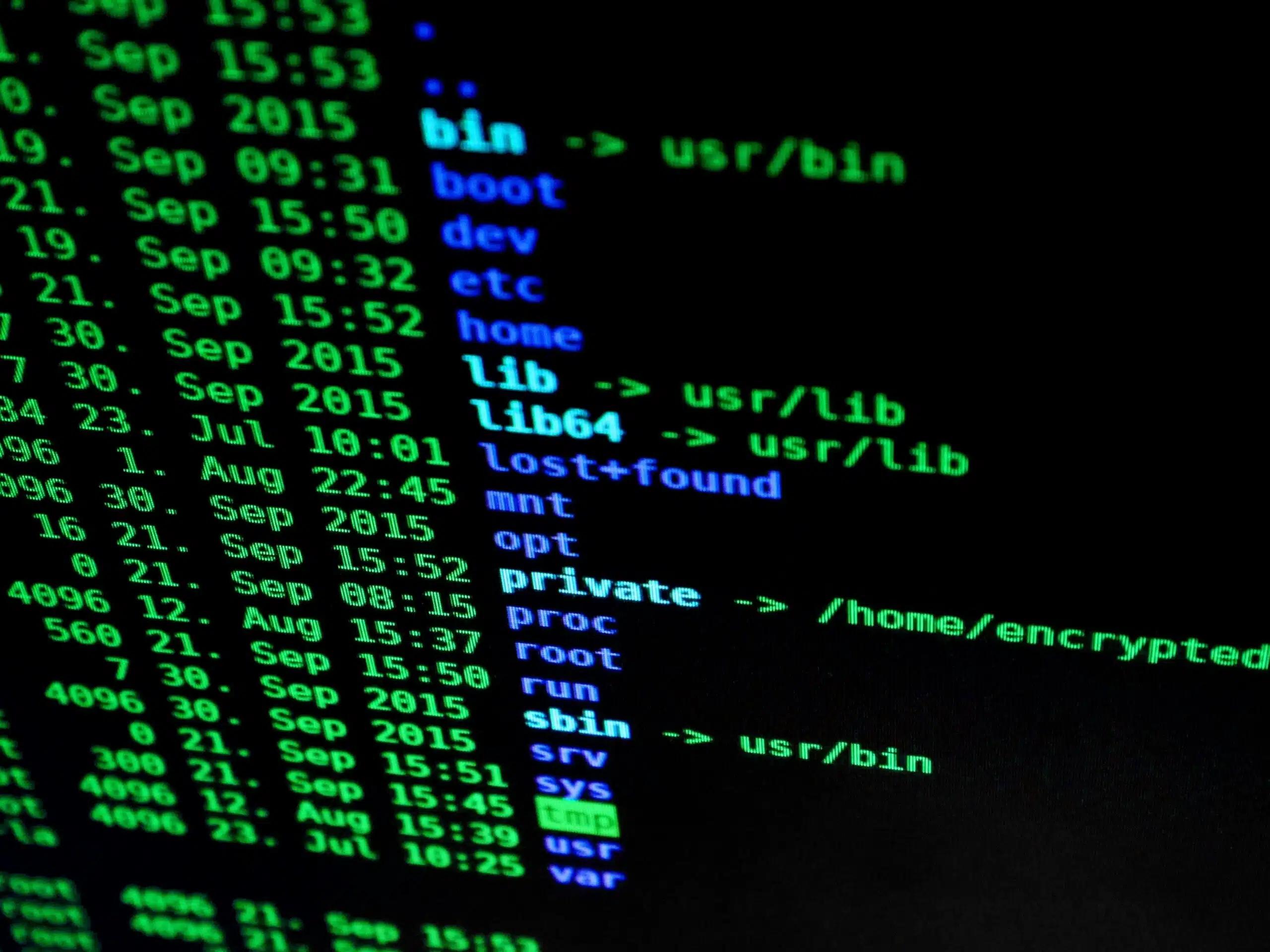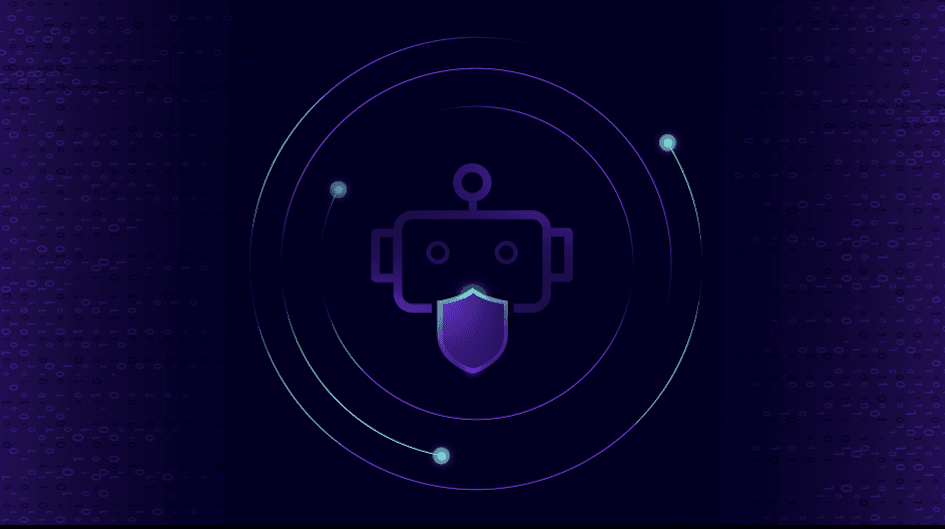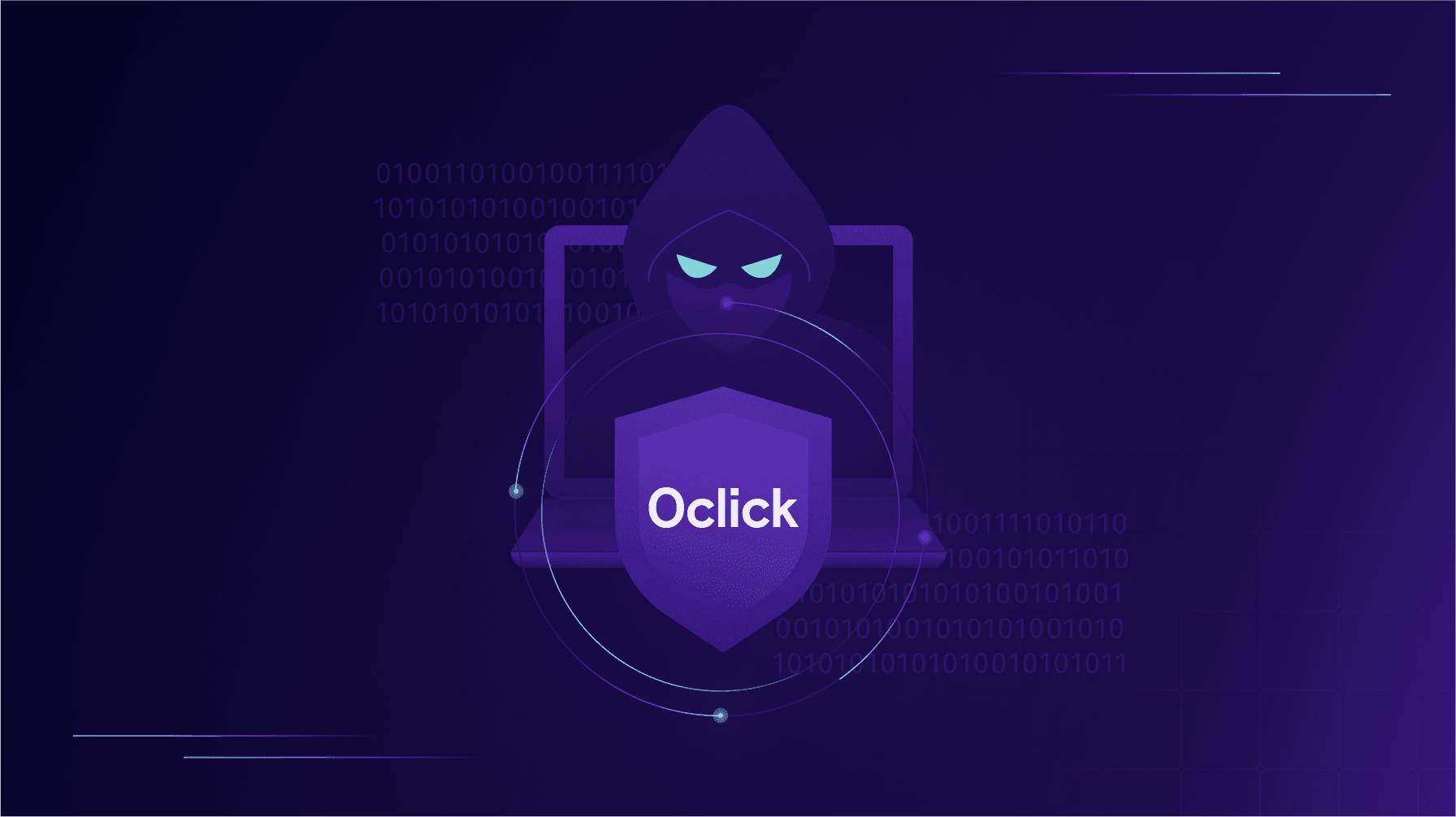Setting Guardrails for AI Agents and Copilots

The rapid adoption of AI agents and copilots in enterprise environments has revolutionized how businesses operate, boosting productivity and innovation. We continue to see more and more innovation in this space, between Microsoft Copilot continuing its dominance, and with Salesforce Agentforce recently announced, business users of all technical backgrounds can now even build their own AI agents that act on our behalf. However, this technological leap forward brings with it a new set of security challenges that organizations must address. As more companies integrate AI-powered tools into their workflows, the need for robust guardrails becomes increasingly critical.
Understanding the Security Implications for AI Agents
Artificial intelligence has introduced a new set of security challenges that differ significantly from traditional cybersecurity concerns. These challenges stem from the unique ways AI systems process and generate information, their access to vast amounts of data, and their ability to execute complex tasks autonomously (and curiously), all of which make them far more formidable threats if they become compromised.
Security teams must grapple with issues ranging from data privacy and intellectual property protection to the potential for AI systems to be manipulated or exploited. Organizations can develop more effective strategies to mitigate risks and ensure the safe deployment of AI technologies by examining these security challenges in detail:
- Data exposure risks: AI agents, apps, copilots, and bots need access to vast amounts of data to function, including sensitive business information, customer details, and proprietary code. If the AI is compromised, this information can be exposed and misused.
- Prompt injection attacks: These attacks instruct AI agents to aid and abet hackers and/or unknowing insiders by revealing sensitive information. If engineered correctly, malicious prompts can override previous instructions designed to defend against cybercriminals.
- Always on and always listening: Many AI platforms, like copilots, operate continuously in the background, constantly listening and ready to respond to commands. This “always on” nature, which enables them to quickly provide answers, build applications, and integrate with other tools, also makes them particularly vulnerable to exploitation. A bad actor can potentially breach these AI systems with something as simple as a Teams message, an email, or a calendar invite—interactions that don’t even require the user’s attention or a compromised account to pose a risk.
- Embedded identity issues: When developers build AI applications, they may inadvertently embed their own identity into the system. This can result in anyone using the app having the same level of access as the original developer, leading to privilege escalation.
Implementing Effective Guardrails for AI Security
Now that we’ve outlined the key security challenges, let’s explore strategies for implementing effective guardrails to protect AI applications, bots, copilots, and agents.
1. Establish Clear Policies and Governance Frameworks
Well-crafted policies and regulations are the cornerstone of a comprehensive AI cybersecurity program. These policies serve as a roadmap for how AI technologies should be developed, deployed, and used, ensuring alignment with organizational goals and regulatory requirements.
A solid governance framework should address key areas such as data handling, model training, deployment procedures, and ongoing monitoring. It also outlines roles and responsibilities, decision-making processes, and accountability measures for AI-related activities. By creating these foundational elements, organizations can foster a culture of responsible AI use and maintain consistency in their approach to AI security across different teams and projects.
2. Implement Robust Access Controls
Access control mechanisms play a crucial role in safeguarding AI systems from unauthorized use and potential breaches. These controls go beyond simple username and password protection, encompassing a range of techniques to verify user identities and manage their permissions.
Effective access control for AI systems requires a nuanced approach that considers the unique capabilities and risks associated with these technologies. This includes managing access not just to the AI tools themselves, but also to the data they process and the outputs they generate. By implementing granular, role-based access controls and regularly reviewing access rights, organizations can significantly reduce the risk of data leaks, unauthorized modifications, and other security incidents related to AI systems.
3. Focus on AI Security Posture Management and Detection and Response
Data protection within AI environments is notoriously difficult, with many companies struggling to find effective solutions. Instead of solely emphasizing data protection, organizations should prioritize AI Security Posture Management (AISPM) alongside robust detection and response strategies. This approach aims to proactively identify and mitigate threats like remote copilot execution and promptware attacks, which can compromise AI systems through hidden, malicious instructions. By scanning AI applications for these embedded vulnerabilities, organizations can detect and neutralize threats before bad actors gain control. This comprehensive strategy not only disrupts unauthorized access but also strengthens overall AI security, ensuring systems remain resilient against evolving cyber risks.
4. Manage Risks in the AI Development Pipeline
Securing the AI development pipeline is a complex challenge, particularly when dealing with emerging threats like prompt injection. Much like malware, prompt injection attacks—where bad actors manipulate AI models to perform unintended actions—cannot be entirely mitigated but can be managed. Traditional security measures, such as automated checks for data poisoning and adversarial examples, are not enough when facing the constantly evolving nature of promptware attacks. Instead of relying on exhaustive lists of whitelisted or blacklisted prompts, which are impossible to keep comprehensive, organizations should focus on setting guidelines that address low-hanging security risks and establish baseline protections. While these measures won’t stop all attempts to jailbreak or trick AI systems, they serve as a first line of defense in managing the unpredictable and dynamic landscape of AI threats. By continuously refining these safeguards, organizations can better manage the inherent risks within the AI development pipeline
5. Train and Educate Users
User education and training are critical components in the secure implementation and use of AI agents and copilots. Unlike traditional software, AI systems often have more complex interfaces and can produce outputs that require careful interpretation. Users need to understand not just how to operate these tools, but also their limitations, potential biases, and security implications. Training programs should cover topics such as recognizing and reporting suspicious AI behavior, understanding the appropriate use cases for AI tools, and maintaining data privacy when interacting with AI systems.
Additionally, organizations should foster a culture of continuous learning, as AI technologies and their associated risks evolve rapidly. By investing in comprehensive and ongoing education, organizations can empower their workforce to use AI tools effectively and securely, reducing the risk of human error and enhancing overall security posture.
6. Monitor and Analyze AI Interactions
Monitoring and analyzing AI interactions is essential for maintaining the security and integrity of AI systems over time. This process involves more than just tracking system logs; it requires sophisticated tools and techniques to understand the complex behaviors of AI agents and copilots. Effective monitoring should capture a wide range of data points, including input patterns, output variations, resource usage, and interaction frequencies. Advanced analytics and machine learning techniques can be applied to this data to detect anomalies that might indicate security breaches, data leaks, or system misuse.
Additionally, continuous monitoring allows organizations to track the performance and accuracy of AI models, ensuring they continue to meet intended objectives and security standards. By implementing robust monitoring and analysis capabilities, organizations can gain valuable insights into their AI systems, enabling proactive security measures and timely incident response.
Progressive AI Innovation Requires Robust Security Preparation
Setting effective guardrails for AI agents and copilots isn’t just a technical challenge—it’s a strategic imperative for organizations looking to harness the power of AI while maintaining robust security postures. By implementing comprehensive security measures, leveraging advanced tools like those offered by Zenity, and fostering a culture of security awareness, organizations can confidently embrace AI-powered innovations while mitigating associated risks.
As we continue to navigate this new frontier of AI-enhanced productivity, the key to success lies in striking the right balance between innovation and security. With the right approach and tools, organizations can unlock the full potential of AI while keeping their data, systems, and users safe.
Ready to secure your AI-powered applications and workflows? Book a demo today.
All ArticlesRelated blog posts

Demystifying AI Agent Security
Let me be the first to say it, this space - AI agent security and governance - can be confusing. When I joined...

Zenity Joins the Microsoft Security Store: Securing AI Agents Everywhere, Together
We’re thrilled to share that Zenity is included in the unveiling of the Microsoft Security Store Partner Ecosystem....

0Click Attacks: When TTPs Resurface Across Platforms
If there’s one lesson security teams should take from recent disclosures, it’s this: AI agent attack techniques...
Secure Your Agents
We’d love to chat with you about how your team can secure and govern AI Agents everywhere.
Get a Demo